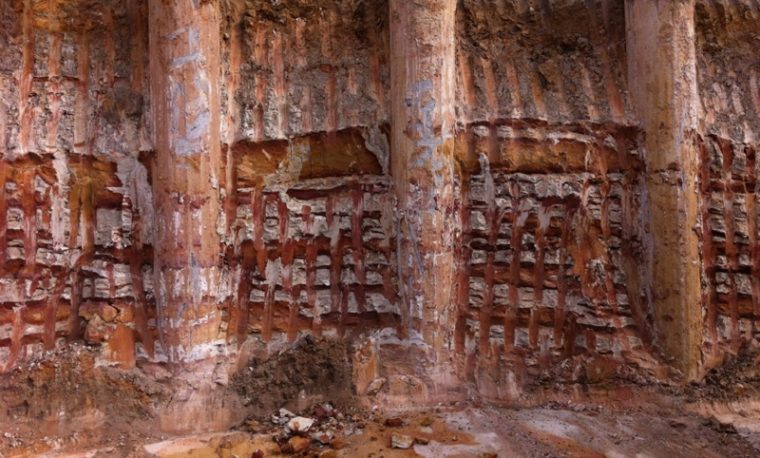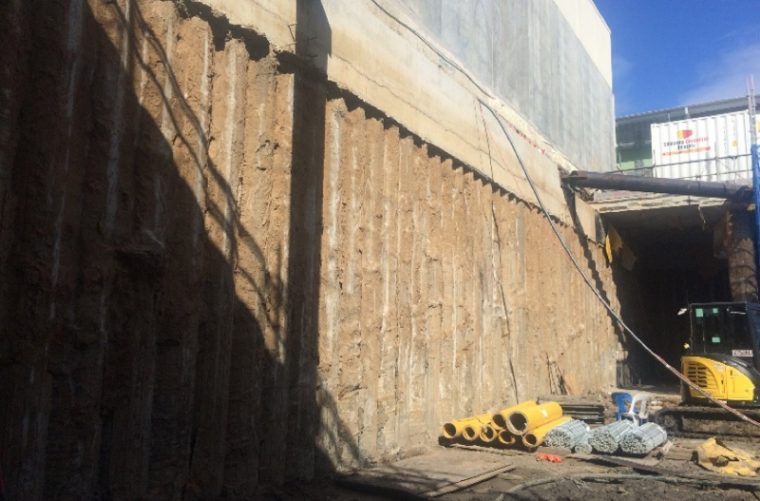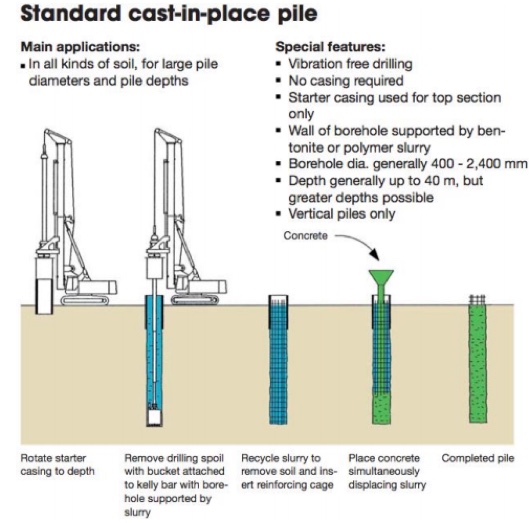[info]FDP (full displacement piles) has many benefits of driven piles without the disadvantages of noise, vibration, joints and waste.[/info]
FDP are a type of reinforced concrete pile that are built in situ. This technology combines the advantages of driven (displacement piles) and bored piles (piles without displacement).
Despite being executed in situ, along with bored piles, they are classified as displacement piles due to the fact that, throughout its execution, it exists the soil consolidation around the pile, as a result of an horizontal displacement imposed 2 by the drilling equipment. This compaction intends to improve the soil characteristics thus increasing the available area at the time of the loading application.
This technique uses a specific drilling equipment which is inserted in the soil by virtue of the application of a torsional movement, applied in the auger rod, and a downward thrust. The main difference between this technique and the remaining techniques is the drilling tool configuration that causes an horizontal displacement during the drilling process due to a zone with a greater diameter.

Drilling with the displacement system – full displacement piles.










